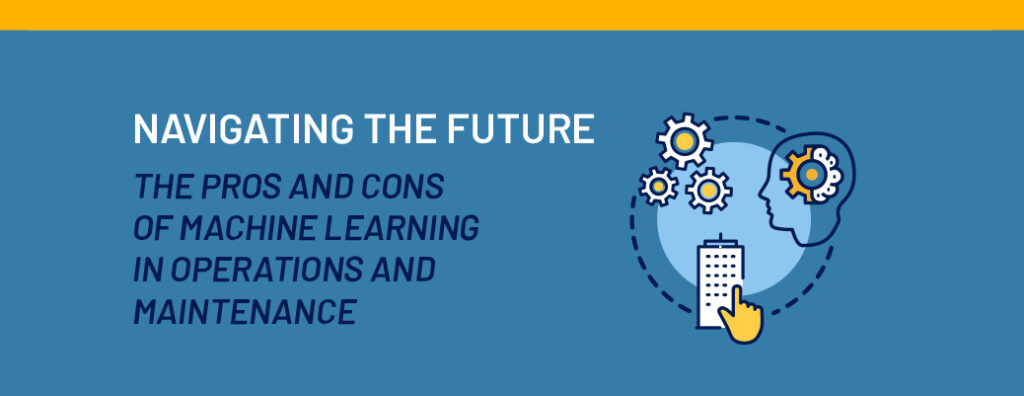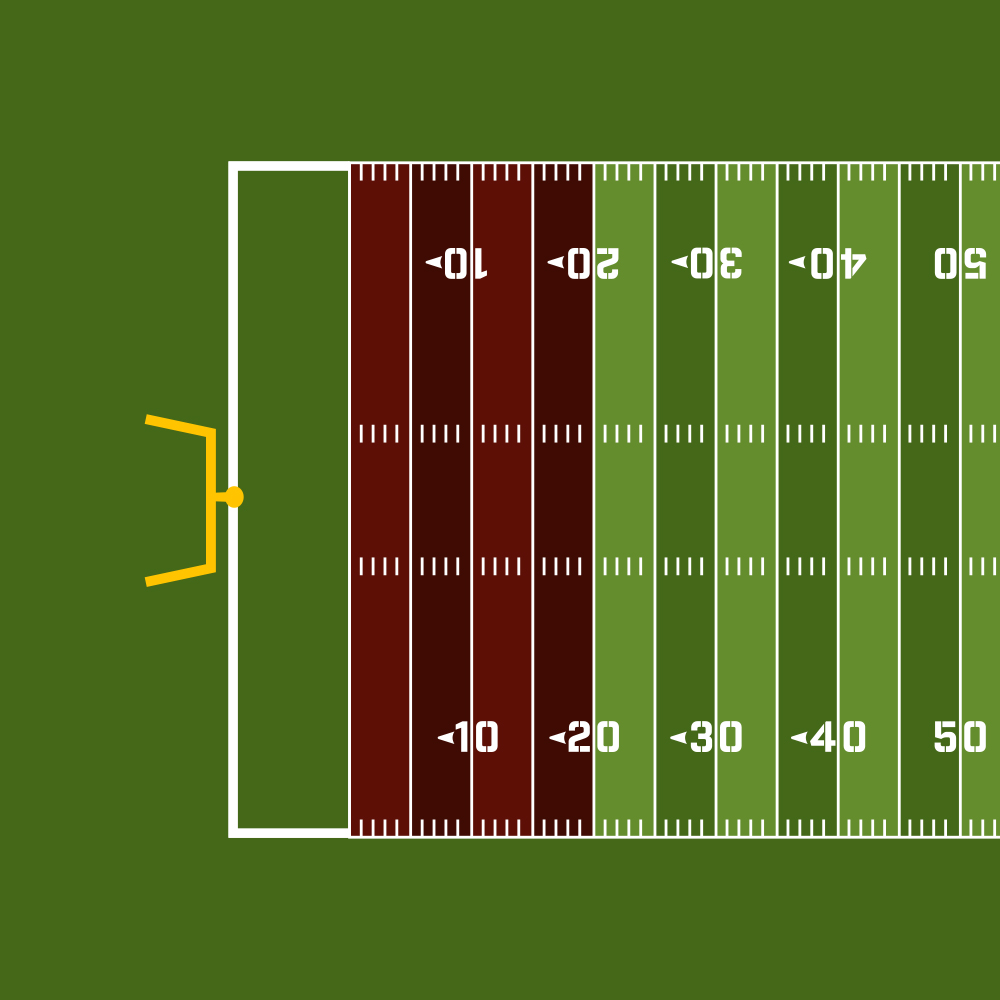
As the world increasingly embraces technological advancements, integrating artificial intelligence (AI) and machine learning in building commissioning has emerged as a game-changer, especially in maintaining energy efficiency. These intelligent systems can continuously monitor, analyze, and adjust various parameters to ensure optimal performance, which can lead to reduced energy consumption, cost savings, and a smaller environmental footprint.
How Does Machine Learning Work?
Machine learning is a subfield of AI where machines are utilized to approach and solve complex problems like humans. Machine learning works by letting a computer learn to program itself through experience. There are several different machine learning models, but they all start with data. The data could be numbers, photos, or text, such as pictures of people, items on a menu, or transactions at a restaurant. This data is then prepared for use as training data for the machine learning model. More data equals a better model. Programmers then choose a machine learning model to implement and feed the prepared data, and over time, they can tweak the model to steer the program into providing more accurate results. Evaluation data is then provided to the model, which tests how accurate the model is when encountering new data. Once a model can provide accurate results, it can be used on data that was not a part of the initial training data.
Machine Learning in Building Operations and Maintenance – the Pros and Cons
Machine learning offers some key advantages for building commissioning, yet, like any technological advancement, it is not without its imperfections. To balance impact and risks, here are a few factors to consider:

Machine learning models can be trained to identify faults and anomalies in building performance data, such as short cycling. Short cycling is when equipment, such as a fan or motor, cycles on and off too frequently. This is a simple task for a commissioning agent or facilities manager to address, but it can be left undetected until symptoms, such as high humidity or utility costs, appear. Instead of scouring trend logs to identify short cycling, which could take hours or days, machine learning can be utilized. To identify short cycling, you would input data consisting of trend logs from a building management system (BMS) with specific trends noted as short cycling. This model would then be tested with separate evaluation data to determine if short cycling can be actively identified. Once a model is trained correctly, it should then be able to identify short cycling across a facility campus by sifting through hundreds of thousands of trend logs requiring little to no human interface.

Implementing AI and machine learning can allow you to perform predictive maintenance. Once trained, a machine learning model can identify risk factors that could lead to equipment failures. Once these risk factors are identified, the model can notify facility staff of a potential failure that can subsequently be addressed before failure occurs.

One subset of machine learning called “unsupervised machine learning” looks for patterns in data without being programmed. For example, in building operations, such modeling can help identify occupants who adjust their thermostats at the same time every day and anticipate the change to cool or heat units more efficiently. Additionally, models can be programmed to account for weather data and proactively adjust heating and cooling. No human could account for all the complex relationships between the weather and building operations, but a machine-learning model can develop sequences that anticipate and accommodate a wide range of weather conditions.

AI can automate many tasks and activities, but this does not mean facility operators and maintenance staff can become complacent or replaceable. These models are data-driven and require large amounts of data to be properly trained. Data and modeling risks can also lead to AI models occasionally drawing the wrong conclusions from the data they are fed. It is important for the humans responding to the data to understand how the models work and how accurate they are. AI models are not infallible. Typically, a model will perform to about 95% human accuracy. While AI can detect and identify potential issues and faults, acting on AI-driven decisions still requires proficiently trained human staff capable of performing the recommended maintenance work.

Initial projects implementing machine learning and AI may incur substantial upfront costs, as training models require significant data, time, and knowledgeable programmers. However, as machine learning models are more widely generated and implemented in the industry, implementation costs should dramatically decrease, which means the long-term benefits of energy savings and operational efficiency will outweigh the initial investment.
No matter the pros or cons, AI and machine learning are becoming increasingly prevalent. The more we learn to understand and utilize this technology, the more useful it will become across our entire industry. AI models not only help to increase efficiency and detect faults but can be integrated into overall facilities and maintenance procedures, building controls systems, and energy management systems to ensure equipment lasts longer and our built environments remain healthy.
Download a copy of this blog here.




